Classic electric guitar designs: a beginner's guide
The key features of iconic solidbodies and semi-acoustics
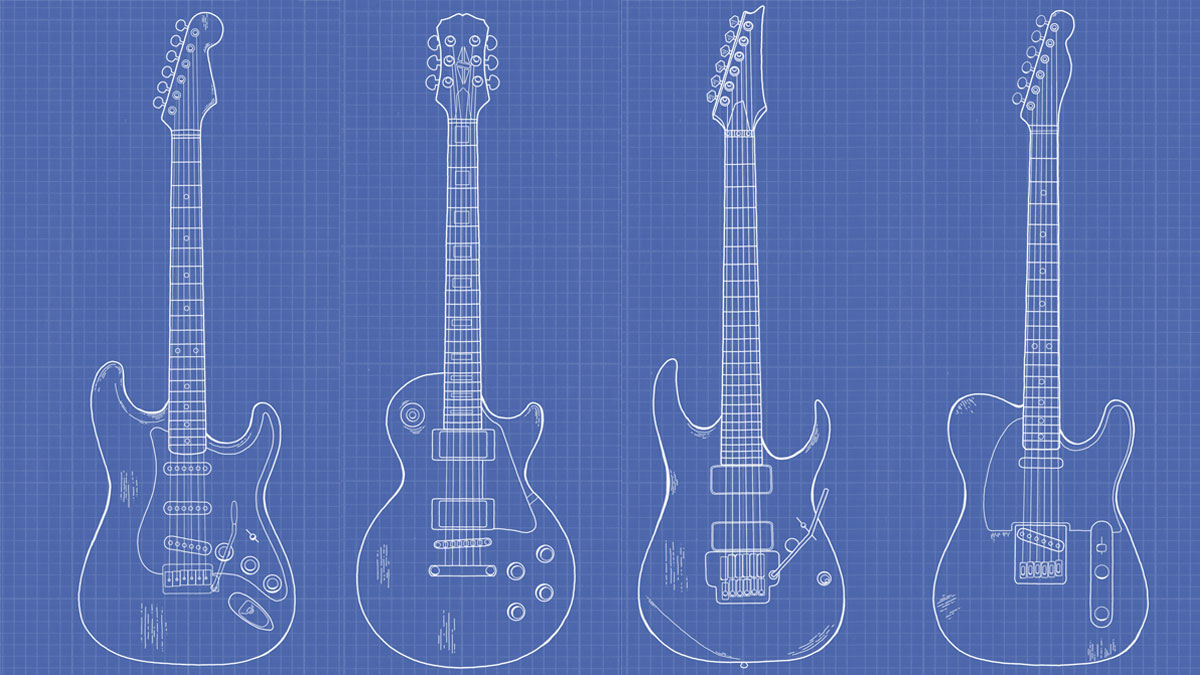
Introduction
WORLD GUITAR DAY: Although the guitar world is famously beholden to a limited set of classic designs, there's a huge variety available to the guitar buyer. In this feature, we're stripping back to the basics, looking at the essential elements of five 'mothership' designs.
These are trailblazing takes on the electric guitar that have been tweaked and reinvented time and again. The vast majority of guitars on sale today take their inspiration from these iconic models, so it's worth getting to know the basics first…
Join us in celebrating World Guitar Day 2017! Get playing, and share your best guitar videos, pictures, tips and stories with hashtags #WGD17 #worldguitarday
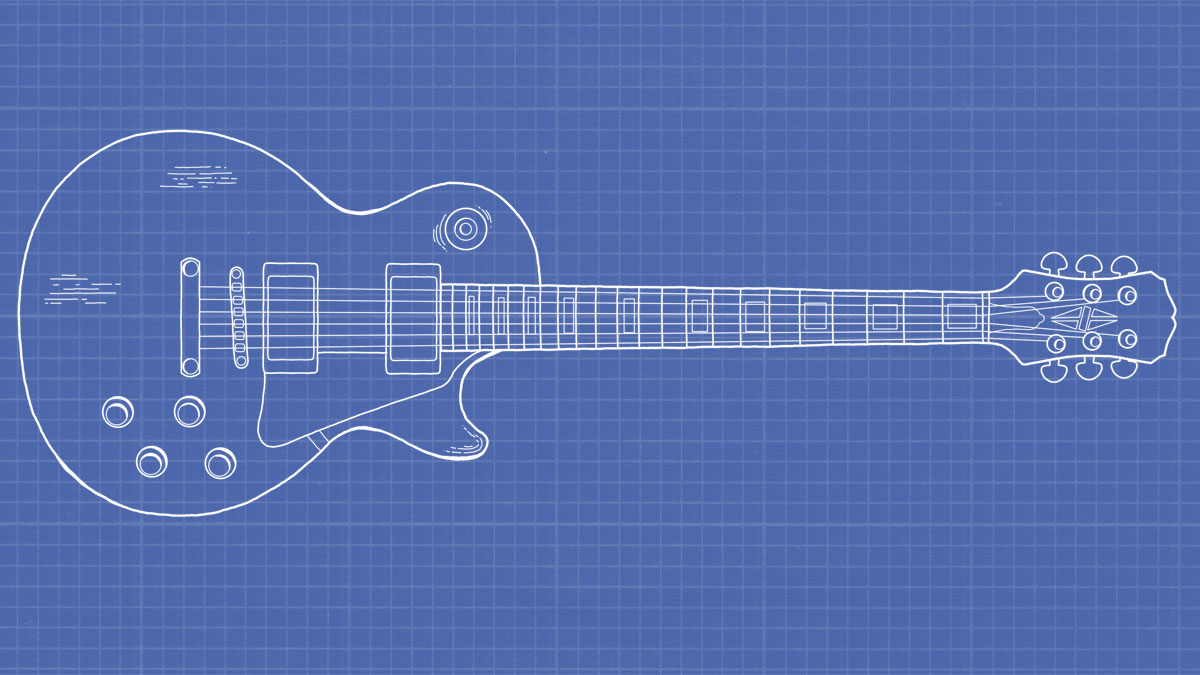
LP-style guitars
From blues to metal, the dual-humbucker single-cut is a rock-guitar staple...
Neck
Like the body, a single-cut’s neck is usually mahogany, and often glued (set), rather than bolted. The classic scale length for 22-fret single-cuts is Gibson’s 24.75 inches - less than typical Fender scale lengths. To compensate for the string tension, they’re often strung with heavier-gauge wires.
Body
The classic single-cut comprises a mahogany body, and often a maple cap to add some brightness to the sound, while giving some extra visual bling (although affordable versions may use a thinner maple veneer, or even forego it entirely). Les Paul’s original body design was a solid slab of wood, but many modern LP-style single-cuts feature weight-relief chambering.
Pickups
Early Les Pauls were fitted with P-90 single coils, giving a beefed-up sound compared to those found in a Strat. But come 1956, the Les Paul became known for the fat, hum-free sound of Seth Lover’s PAF (Patent Applied For) humbucking pickup. Modern singlecuts often include a coil split switch, giving you the versatility of single coils and humbuckers in the same guitar.
Controls
The two humbuckers are switched by a three-way toggle switch, and different single-cuts will offer different control layouts. Most common is two volume/two tone controls, however some single-cuts will feature two volumes/one tone, one volume/one tone, or sometimes just one master volume control.
Bridge
LP-style guitars often sport the trusty tune-o-matic bridge and stop tailpiece. The six saddles can be adjusted individually for intonation, but not for height, as on a Strat bridge.
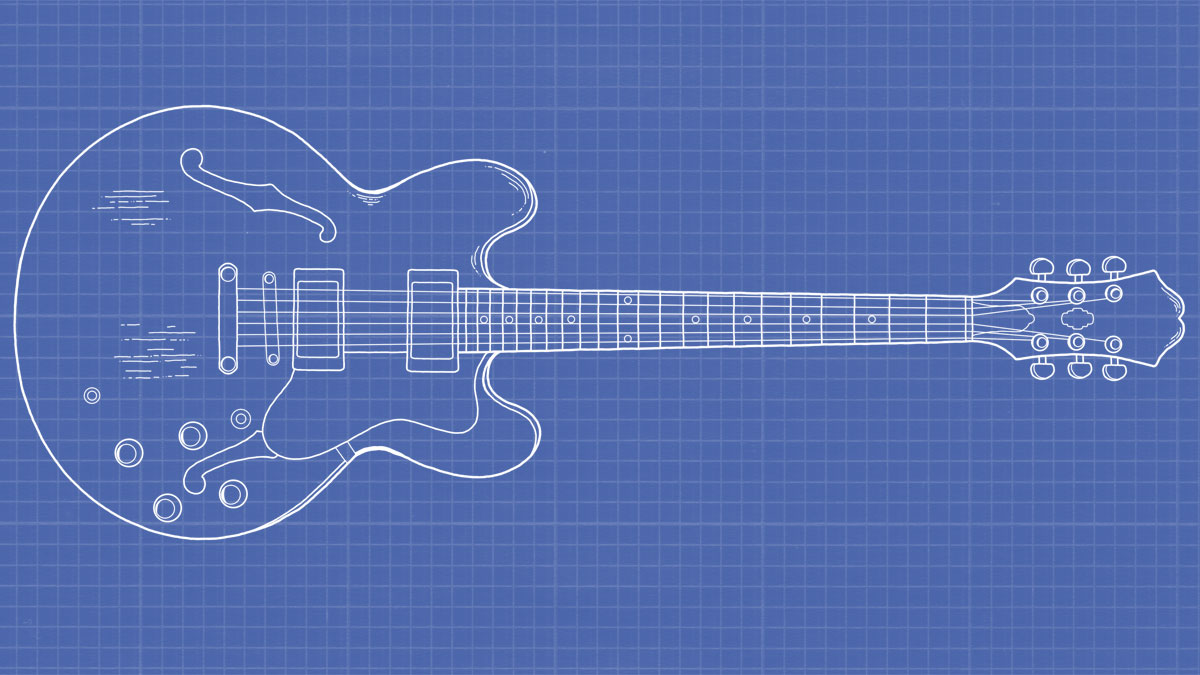
Semi-acoustic guitars
They aren’t just for bluesers - semis have got sonics for all!
Body
Let’s get this straight: a semi-acoustic is an electric guitar; it’s not an amp’d-up acoustic (that’s an electro-acoustic).
However, they do add some ‘acoustic’ properties to the electric guitar, and it comes from the body. We’re focusing on the larger type, which features a solid ‘centre block’ flanked by hollow wings. They’re louder unplugged, and the air inside creates resonance and a smooth high-end.
Electronics
The typical Gibson dual-humbucker/four controls/three-position switch is very common on large-bodied semi-acoustics, mainly because they take inspiration from Gibson’s ES-335.
That said, P-90 single coils and Gretsch-style mini-humbuckers are also common, maintaining a thick sound, but with added brightness for blues, rock ’n’ roll and rockabilly.
Bridge
As with an LP, a fixed tune-o-matic is a common feature here, but more traditional models (such as the Epiphone Casino) are adorned with trapeze tailpieces, and for some, a Bigsby vibrato is an essential add-on for a semi-acoustic.
These retro vibratos add a more subtle, gentle flutter to your whammy than Fender-style vibratos, and many players swear by the added sustain created by bolting the large mechanical Bigsby to their guitar’s bodies.
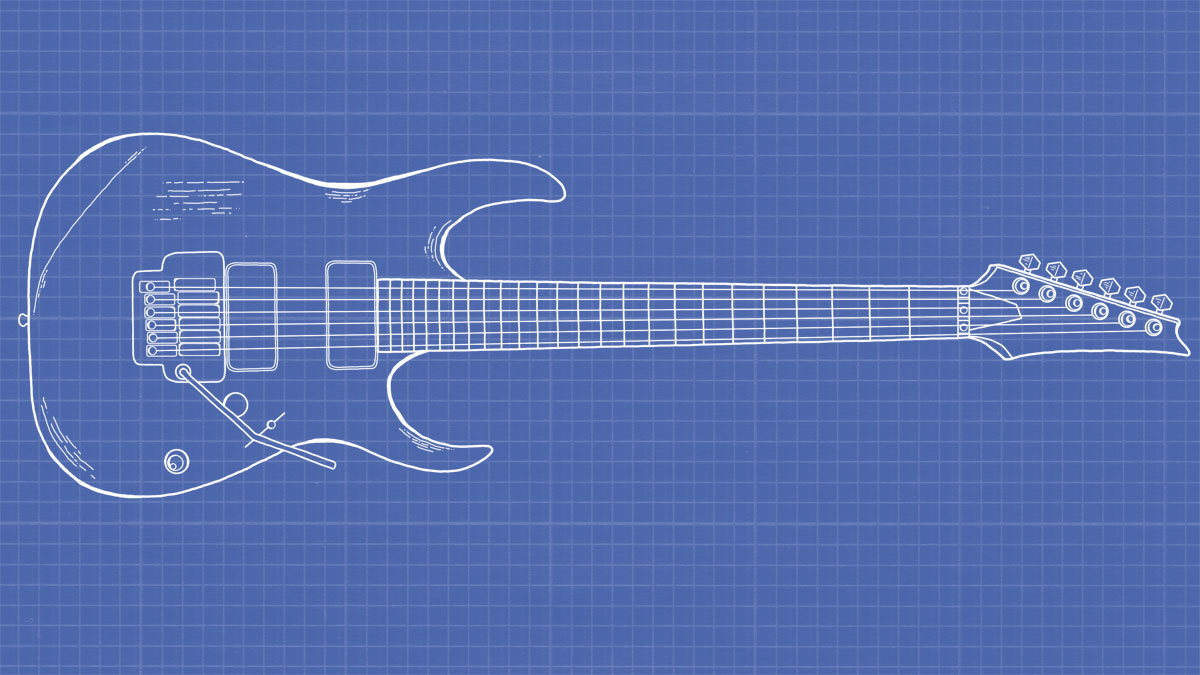
Shred guitars
Want to shred? The double-cut rock axe is a staple of the guitar world…
Neck
Shredders favour thin, sleek neck profiles, usually with 24 frets on the ’board. The enhancements don’t stop there - the fretboard radius will be wider to help bigger string bends maintain their sustain, and some guitars also have a ‘compound radius’, where the neck is rounder at the nut and flatter at the neck.
Body
The bodies of double-cut shred machines are built to offer comfort, tone, access and speed, while drawing very basic inspiration from the classic Strat shape.
Unlike the Strat, though these guitars are often mahogany, basswood or alder. The exaggerated cutaways/horns let you reach the highest notes, and they’re often lighter, yet still capable of delivering heavy tones.
Pickups
Let’s not mess about: these guitars are for melting faces. As such, they come loaded with high-output pickups for punchy notes and ringing sustain.
Active pickups up the ante further still, featuring a battery-powered gain and volume-boosting preamp.
Switching
Versatility is key, and you’ll often find guitars with a HSS or HSH, configuration with multiple switching options. The humbuckers are often splittable (for single-coil sounds), but the tone and volume controls are most commonly limited to one of each.
Bridge
Extreme whammy bar techniques are made stable on shred guitars thanks to double-locking vibratos.
The Floyd Rose is the most famous example (although Ibanez uses the Edge vibrato), but tuning stability comes at a price - changing strings and intonating the guitar can be a right pain in the behind…
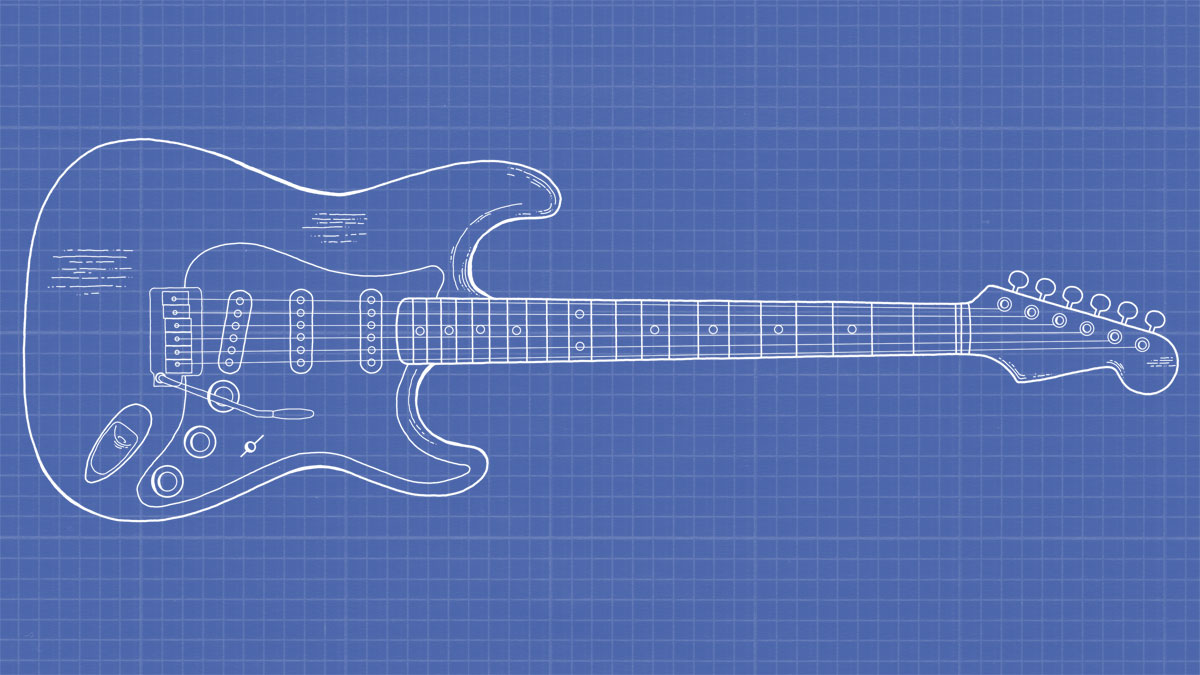
S-type guitars
Leo Fender’s design remains the most iconic electric guitar ever. Here are the key S-type features…
Neck
Modern affordable Strats are usually fitted with a crowdpleasing C-shaped neck profile, and a medium fingerboard radius to keep things comfortable while making bigger string bends sing. It’s the perfect middle ground for most players, but there are some more niche neck shapes available.
Body
Typical Strat bodies are built for comfort and playability. The double cutaway allows access to both sides of the dusty end of the neck, and the contours make it snug for your gut and forearm.
The original Strats were made of ash, but Fender started using alder in 1954, and it’s been a mainstay ever since.
Pickups
The classic three-single coil configuration is what you’ll find - and probably want - from most S-types. These are controlled by a five-position selector, a volume and two tone controls.
Some S-types feature humbucking pickups for a beefier rock sound, and these can often be split to still deliver the classic Strat tone.
Floating Tremolo
Also known as the whammy bar, trem arm or er, wang bar, Leo famously misnamed the pitchbending device on the Stratocaster - tremolo refers to a pulsing volume rather than pitch - but it’s stuck ever since.
The vibrato on modern-day Strats is fine for gentle flutters, but if you’re gonna be dive-bombing you might want to look at a Floyd Rose-equipped axe.
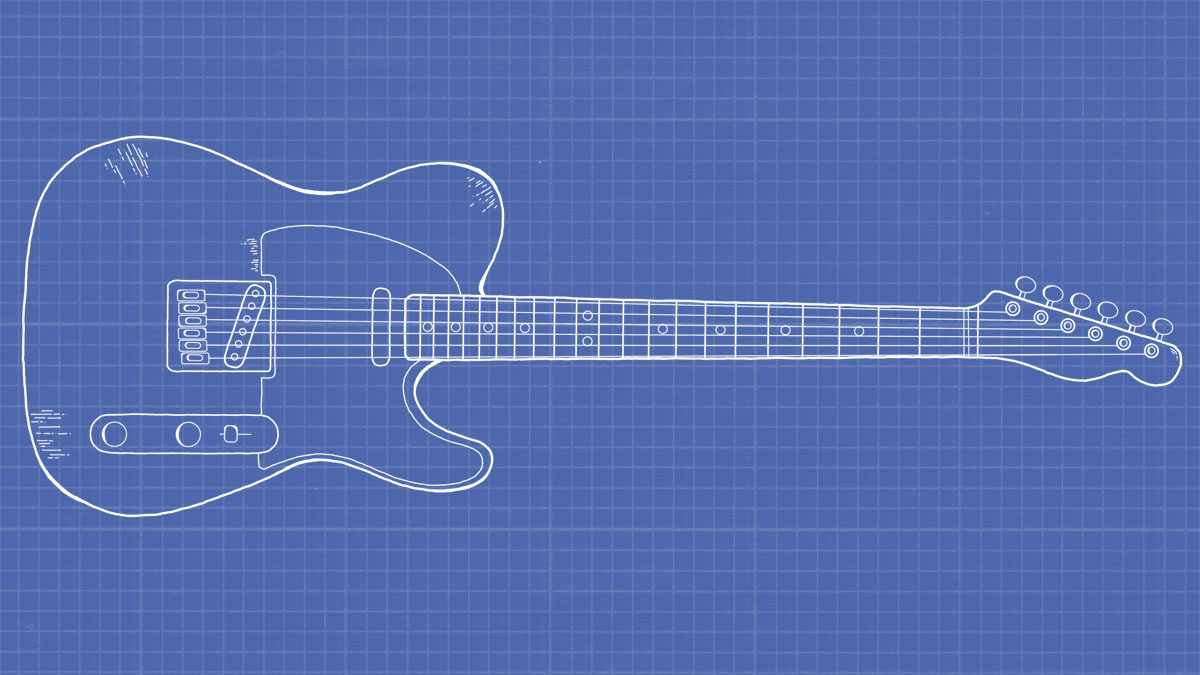
T-type guitars
Leo Fender’s original is the best there is for many players. Here’s the T-type lowdown...
Slab body
The Telecaster’s slab body is most commonly cut from ash, alder or pine. It’s a simple shape that has stuck ever since it’s introduction thanks to its agile weight and easy access. Unlike the Stratocaster, the Telecaster body doesn’t usually feature arm or belly carves.
Pickups
Telecasters are known for their versatility. The bright twang from the bridge single coil can be clear, aggressive or chimey depending on how you manipulate it.
The neck pickup is where you’ll find those classic woody Fender sounds, and it sounds brilliant for playing lead stuff, too.
Bridge
‘Classic’ examples of the Tele bridge usually offer three saddles (one per two strings), whereas modern versions give you six individual saddles.
The obvious benefit of this is that you can adjust the height and intonation of each string independently, although traditionalists swear by the resonant qualities of the classic three-saddle design.
Total Guitar is Europe's best-selling guitar magazine.
Every month we feature interviews with the biggest names and hottest new acts in guitar land, plus Guest Lessons from the stars.
Finally, our Rocked & Rated section is the place to go for reviews, round-ups and help setting up your guitars and gear.
Subscribe: http://bit.ly/totalguitar


